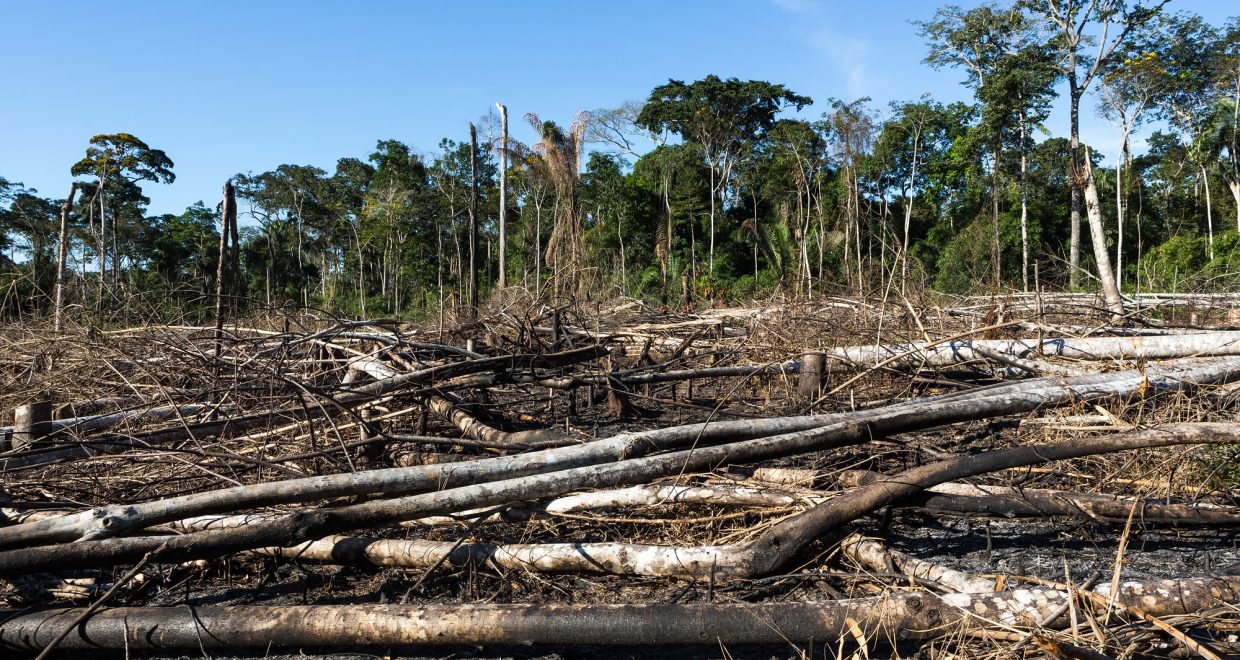Global effort needed to evaluate and compare individual protected areas
The paper ‘Impact of individual protected areas on deforestation and carbon emissions in Acre, Brazil, by Teemu Koskimäki, Johanna Eklund, Gabriel M Moulatlet and Hanna Tuomisto, is freely available as part of the Environmental Conservation Editors’ Choice collection.
The world is now seeking to unite to tackle climate change through the COP 26 in Glasgow, Scotland, and biodiversity loss through the COP 15 in Kunming, China. These global environmental problems are tightly intertwined, particularly through tropical deforestation which acutely threatens both the biosphere and the atmosphere.
The main approach to safeguarding tropical forests and their inhabitants from the threat of deforestation has been the establishment of protected areas. Particularly in the Brazilian Amazonia, protected areas cover vast areas of forest. However, not all protected areas are the same. Differences in impact (a.k.a. effectiveness in preventing deforestation) have been observed between the different types of areas.
Nonetheless, I found that so far only a few studies have published comparative impact estimates at the level of individual protected areas, and none of these were done for protected areas in the Amazonia. Therefore, I decided to use the State of Acre in Brazil as a case study to evaluate differences between individual protected areas in how well they conserve forest cover. The results of this work, which I did together with Dr. Johanna Eklund, Dr. Gabriel M. Moulatlet and Prof. Hanna Tuomisto, were published earlier this year in Environmental Conservation (Koskimäki et al., 2021).
We found that most areas effectively prevented deforestation, but we also observed notable variation between individual areas in impacts, pressures, and avoided carbon emissions (see figure). The considerable heterogeneity in impact we found among individual protected areas corroborated previous findings from China, Indonesia, and Eastern Europe.

Our results emphasise the value of comparing the impacts of individual protected areas and shows that there is a great need to provide similar evaluations for other jurisdictions that overlap with the Amazonian rainforest, which extends over the borders of several nations. Such studies could help identify where management actions have succeeded and where they have failed, which could help inform the protection of both nature and people.
Because protected areas have the potential to be impactful, because not all protected areas fulfil their potential, and because protected areas are a well-established method to conserve both biodiversity and forest carbon, I think that a global effort is now needed to evaluate the impacts of individual protected areas for all tropical countries. Particularly if provided periodically, this would be valuable for ensuring that the conservation of the remaining tropical forests is efficient and effective, which would help bring an end to the double threat of tropical deforestation.
The paper ‘Impact of individual protected areas on deforestation and carbon emissions in Acre, Brazil, by Teemu Koskimäki, Johanna Eklund, Gabriel M Moulatlet and Hanna Tuomisto, is freely available as part of the Environmental Conservation Editors’ Choice collection.






